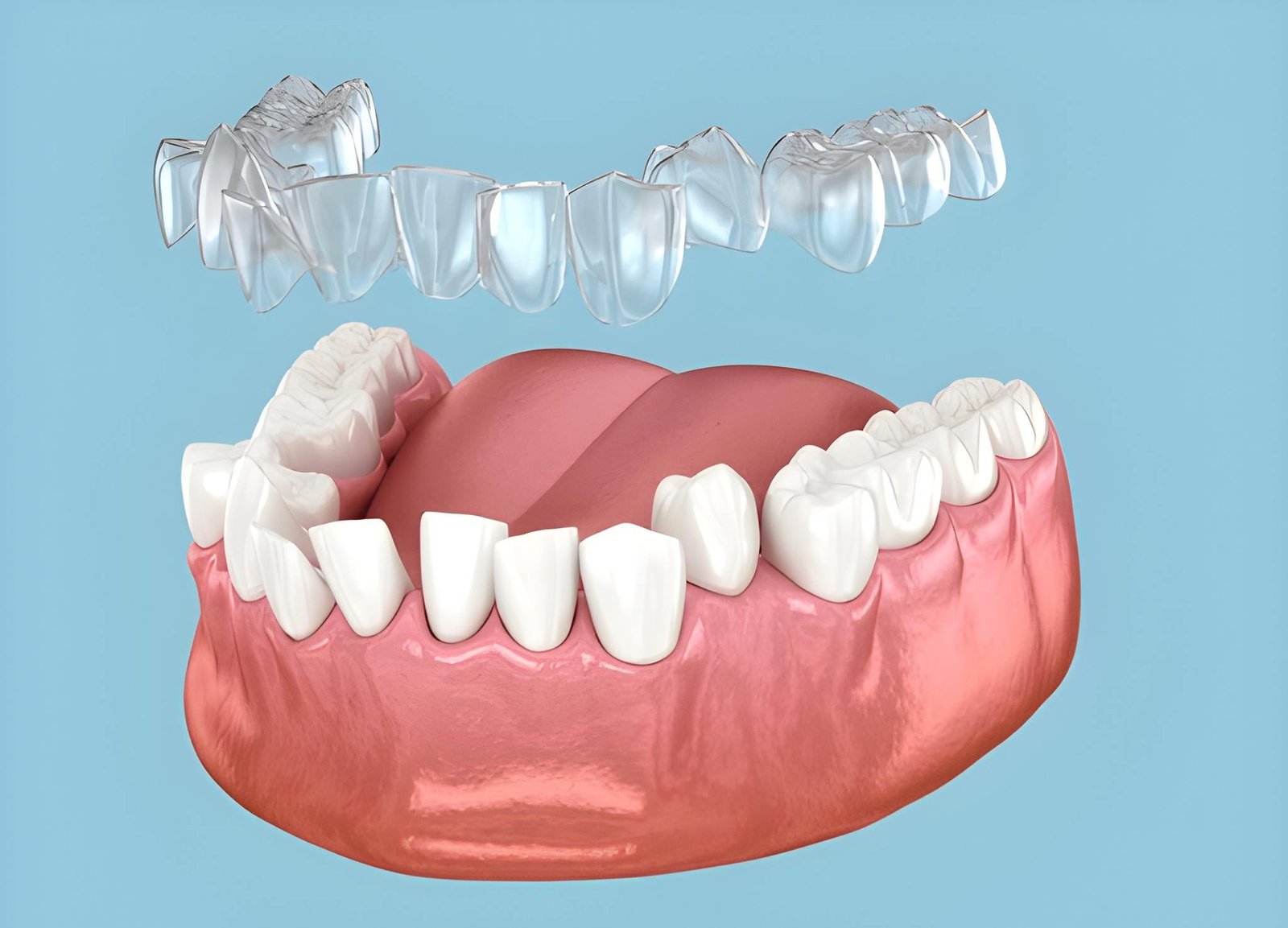When it comes to saving your teeth and relieving dental pain, most people often hear two common terms: root canal and filling. While both treatments are designed to restore tooth health, they serve very different purposes. If you’ve ever wondered when you might need a simple filling versus when a root canal treatment is necessary, this blog will help you understand the key differences.
At Amor Dental Arts, we specialize in providing comfortable, effective dental care. If you’re searching for the best dental clinic in Norristown, PA, our goal is to guide you toward the right treatment that protects your oral health for the long run.
What Is a Dental Filling?
A dental filling is one of the most common dental procedures. It is used to repair minor damage caused by cavities or tooth decay. During the procedure, your dentist removes the decayed portion of the tooth and fills the area with a durable material such as composite resin, amalgam, or porcelain.
When you may need a filling:
- Small cavities detected early
- Minor tooth decay
- Slight cracks or chips in teeth
Fillings are relatively quick, affordable, and preserve most of your natural tooth structure.
What Is a Root Canal Treatment?
A root canal treatment is more advanced than a filling. It becomes necessary when tooth decay or infection has reached the inner pulp (the soft tissue that contains nerves and blood vessels). If left untreated, this condition can cause severe pain, swelling, and even tooth loss.
During a root canal, your dentist:
- Removes the infected pulp from the tooth.
- Cleans and disinfects the root canals.
- Fills and seals the space to prevent reinfection.
- Often places a crown for added strength and protection.
If you are experiencing intense tooth pain or sensitivity, it might be time to consider a root canal in Norristown at Amor Dental Arts.
Key Differences Between Root Canal and Filling
The main difference between the two procedures lies in the extent of tooth damage. Fillings are used for small cavities or minor cracks, while root canals are needed when infection has reached the pulp of the tooth.
A filling is a simple procedure that usually takes one appointment and causes minimal discomfort afterward. It doesn’t typically require additional treatments once completed. On the other hand, a root canal is a more complex process involving multiple steps. While it might take longer, it relieves severe pain, saves the natural tooth from extraction, and often requires a dental crown for durability.
Think of a filling as repairing surface damage, while a root canal addresses a deeper issue at the core of the tooth.
Signs You May Need a Filling vs. a Root Canal
Signs you may only need a filling:
- Small cavity noticed during routine checkup
- Mild sensitivity to hot or cold
- Small chips or cracks
Signs you may need a root canal:
- Severe toothache that doesn’t go away
- Prolonged sensitivity to hot or cold
- Swollen gums near the painful tooth
- Darkening or discoloration of the tooth
- Abscess or pus near the gums
If you’re unsure, it’s always best to schedule an appointment at the best dental clinic in Norristown, PA – Amor Dental Arts. Early diagnosis often means simpler, less invasive treatment.
Why Choose Amor Dental Arts for Root Canal in Norristown?
At Amor Dental Arts, we understand that the idea of a root canal can feel intimidating. That’s why we focus on providing gentle care with modern technology that makes the procedure comfortable and stress-free. Patients trust us because:
- We use advanced diagnostic tools for accuracy.
- Our team prioritizes patient comfort with pain-free techniques.
- We provide personalized treatment plans for every case.
- We focus on saving your natural teeth whenever possible.
If you’re looking for trusted, compassionate dental care, we’re proud to be considered the best dental clinic in Norristown, PA.
FAQs About Root Canal vs Filling
1. Is a root canal more painful than a filling?
No. Thanks to modern anesthesia and techniques, root canals are not significantly more painful than getting a filling. In fact, a root canal relieves the intense pain caused by infection.
2. How long does a filling last compared to a root canal?
Fillings can last 5–15 years depending on the material. A successful root canal, when combined with a crown, can last a lifetime with proper care.
3. Can a cavity always be treated with just a filling?
Not always. If decay has spread to the pulp, a filling won’t be enough, and you’ll need a root canal treatment to save the tooth.
4. What happens if I avoid a root canal?
Avoiding treatment can worsen the infection, leading to abscesses, severe pain, and even tooth loss. It’s best to treat the issue early.
5. How do I know if I need a root canal in Norristown?
The best way is to visit a trusted dentist like Amor Dental Arts. We’ll perform a thorough exam and recommend whether you need a filling, root canal, or another treatment.
Final Thoughts
Both fillings and root canal treatments are important dental procedures, but they address different levels of tooth damage. While a filling is great for small cavities, a root canal is essential for saving teeth that have deeper infections.
If you’re experiencing dental pain or think you may need a root canal in Norristown, don’t wait. Contact Amor Dental Arts, the best dental clinic in Norristown, PA, for expert care and a healthier smile.
Call Amor Dental Arts today to schedule your appointment.
Or book online easily through our website: www.amordentalarts.com
Take the first step toward pain-free, confident smiles with the care you deserve.







